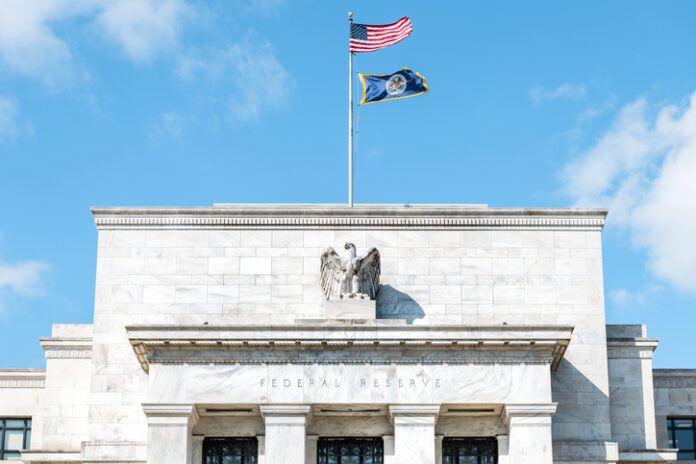Jobs report shows employment growth remains strong, but economic fundamentals are weakening and the Fed showed it doesn’t know it is the cause of inflation.
The Week That Was
Today’s April jobs report shows employment gains remain strong. Private sector jobs increased by 406,00, a 4% annual rate. Total hours worked and average weekly wages also increased at a 4% to 5% annual rate. Inflation continues to wipe out any gains in wages.
Business surveys for April show a slight slowdown in activity with both manufacturing and service companies reporting numbers in the mid-50s (50 represents break-even or no increase in activity). New orders continue to increase, albeit with readings in the low to mid-50s.
U.S. productivity data show a sharp decline in the first quarter. Moves away from classical economic principles reduce productivity and living standards. The productivity decline of 0.6% over the past year is typical of what happens when economic policies move away from sound economic principles.
For those who wondered about the GDP report showing the economy declined in the first quarter, here are the first quarter numbers for other measures—real spending up 3%, private payroll employment up 5½%, real wages & salaries up 2%, industrial production up 6% (all annual rates).
The reported decline in real growth at a 1.4% annual rate was due to declining inventories and purchases of imports (which reduce domestic growth).
Things to Come
The key economic news this coming week will be April’s inflation numbers. Some inflation numbers many look better than they are due to a 6% decline in April oil prices. However, any relief will be temporary. Oil prices already moved back to $110 in early May and business surveys continue to show strong upward pressure on prices.
Market Forces
Stocks had another bad week as major indexes decline by 2% to 4%. The indexes are down 10% to 23% from their highs of late 2021.
In an attempt to reassure markets, the Fed backed away from more aggressive future rate increases. The Fed also postponed selling securities until June.
As if these moves weren’t bad enough, Chairman Powell went back to claiming inflation was due to special factors and already was coming down. He is wrong.
Fed members, who failed to anticipate the sharp rise in inflation, now anticipate a decline in inflation. Instead of admitting the Fed is responsible for inflation, Powell blamed inflation on factors beyond the Fed’s control. He’s wrong here too.
Special factors have added slightly to inflation. However, these factors did not drive spending up at double-digit annual rates. Without the Fed’s double-digit increases in money, there would be only a minimal rise in prices.
The Fed’s decision suggests they are unaware of the power they have over inflation. This makes it difficult to believe they know what is necessary to contain inflation. A weak and vacillating Fed is not reassuring.
Interest rates continue to soar. The more the Fed waffles on inflation, the more markets drive rates closer to where they would be without the Fed’s actions. Interest rates will have to rise further to reflect underlying inflation.
At yesterday’s close the S&P500 was 26% overvalued. With stocks still overvalued, and with the Fed intending to shift to a policy of restraint, building cash reserves remains prudent.
Outlook
Economic Fundamentals: weakening
Stock Valuation: S&P 500 overvalued by 26 percent
Monetary Policy: expansive
For more Budget & Tax News articles.












 EV Dangers Daily Becoming More Evident...
EV Dangers Daily Becoming More Evident...
[…] post Genetski: Jobs Report Is Good; Fed Not So Good on Inflation appeared first on Heartland Daily […]